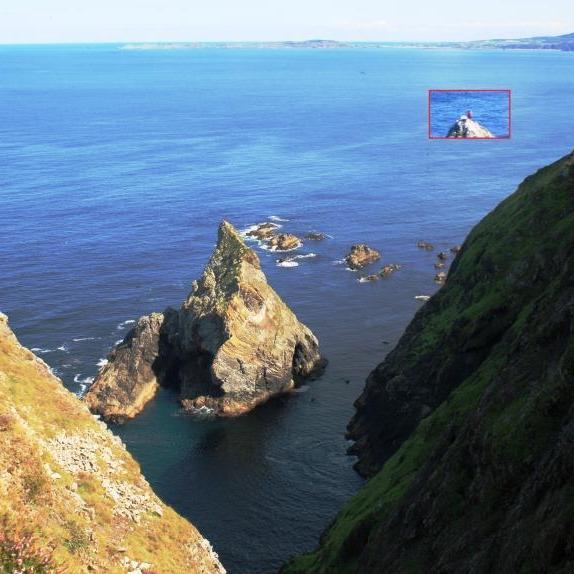Living off Dunaff head on the west coast of Inishowen is the 70 metre high slightly chubby looking Matterhorn shaped sea stack called Bothán Mhara. On the north-west tip of the Inishowen Peninsula is the 230-meter high Dunaff Hill, this hill is hemmed in by Dunaff Bay to the south and by Rocktown Bay to the north, which in turn creates the Dunaff Headland. This headland has a 4 kilometre stretch of very exposed coastline running its circumference to a high point of 220 meters which overlooks the sea stack Bothanvarra.
Bothanvarra is a 70m high chubby Matterhorn shaped sea stack which sits in the most remote, inescapable and atmospheric locations on the Inishowen coastline.
For a more detailed account of this ascent of Bothanvarra Sea Stack, First Ascent of Bothán Mhara, Dunaff Head.

Sea Stack climbing of this nature requires a huge amount of climbing, mountaineering and nautical knowledge in equal measure to ensure a reasonable chance of not falling or drowning whilst attempting an ascent. The sea passage out to Bothanvarra is extremely difficult with the entire passage open to any motion west to northeast. Prior to the first ascent of this stack, it took 4 visits and attempts to even gain sea level by watching the seas around both the approach and the base of the stack on several occasions to try and understand the mechanics of the sea in this area.
Living off the Dunaff Headland on the west coast of Inishowen is the Bothán Mhara Sea Stack. This 70m Sea Stack lives approx. 100m out to sea from the base of the 220-meter high surrounding sea cliffs. Access is by a long paddle around the headland from north or south or by a descent down a horrorshow of a gully at Grid Ref C308489 followed by a 300m paddle to the base of the stack.
Bothán Mhara Severe 120m
From a non-tidal recess at the South East tip of the stack climb the corner then chimney to the base of the huge slabs. Pad up the slabs direct to the bottom of the short left facing steep corner slab. Climb corner slab to the summit ridge, walk and scramble the summit ridge to the summit at the North end.
I. Miller 24/08/14
An early attempt at Bothanvarra with a couple from London
The film of the First and only ascent of Bothanvarra
1: Bothán Mhara lives approx 300 meters out to sea from an outrageous storm beach at the base of Dunaff Head.
2: The gully approach to the base of Dunaff is very steep to the outrageous storm beach at the beginning of the sea passage out to the stack.
3: The nautical approach to the stack involves a 300-meter sea passage from the storm beach. (The coast here is very exposed to Atlantic swells in the west to the northeast range)
4: It is reasonably rare to get flat calm sea conditions around the base of the stack due to it exposed position.
5: The rock on the stack is pretty awful and your situation causes everything to appear a wee bit more atmospheric than it actually is.
6: Decent from the summit is by abseil, take a cunning supply of disposable tat or your leaving gear. (I took and left three pretty worn out nuts and equalised them with an 8mm cord)
7: Both of the stack's summit is a bit of a mindblower.
The stack has only been climbed once and the summit stood on by Iain miller on 24th August 2014. The full story of all the attempts and eventual successful ascent, Bothanvarra Ascent, Dunaff Head, an older blog post, iain-miller.blogspot.ie/2014/08/dunaff-head-inishowen and this story appeared in mountaineering Ireland's mountain Log magazine the same year.
The name Bothán Mhara (Bothanvarra) is thought to derive from the Scottish use of a bothy or refuge and the Irish mara for the sea.